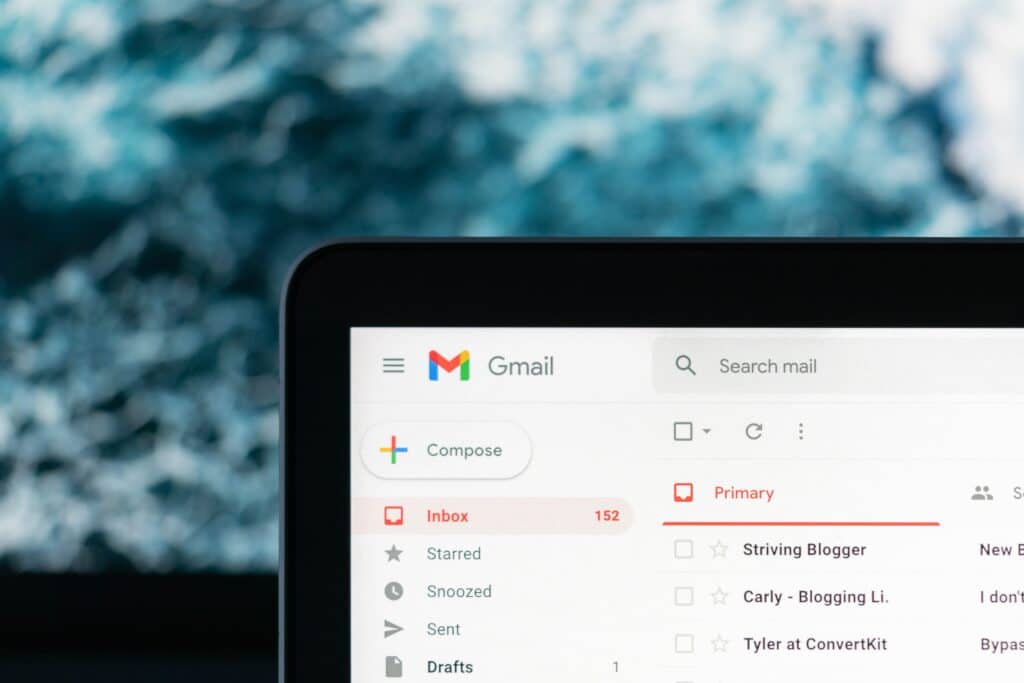Email marketing is not a task for a novice, especially in this day and age when it has become increasingly hard for marketers to understand the needs of their customers and readers and curate meaningful email content that will be of interest to receivers.
Hence making your marketing emails stand out, is not an easy feat. Thousands of emails from organizations and online services are sent daily to your target audience’s inboxes, making it a real challenge for organizations to stand out from the crowd.
This article focuses on some tried and tested ways to maximize your email marketing effectiveness through robust domain security efforts.
IMAGE: UNSPLASH
What Is Domain Security?
Domain security is the process of safeguarding your domain and domain name against threats like impersonation and manhandling so that the integrity and authenticity of your domain and information are maintained to match the highest possible standard.
The importance of domain security in recent years lies in the alarming influx of cyber attacks, including but not limited to phishing attacks, direct domain spoofing, social engineering attacks, ransomware, etc. All threatening your email marketing efforts.
Why Is Domain Security Important In Email Marketing?
Consider a scenario where you have deployed a marketing team to launch an email marketing campaign before a long-awaited product launch, and you want to reach the maximum audience to help your product gain traction.
Your marketing team works day and night to make an excellent email copy, that contains the most attractive visuals and compelling texts. However, when the emails are sent, 80% of your messages get blocked or flagged as spam.
This is the fate that may befall you if you do not pay adequate attention or give importance to the security of your domains.
There are several easy, yet effective ways over the internet, that you can utilize to take your domain’s security from zero to a hundred in a matter of days – without breaking the bank or needing high-level domain security expertise. Let’s find out what these are!
Effective Strategies For Fortifying Your Domain Security
1. The Role Of DMARC, SPF, And DKIM
DMARC (Domain-based Message Authentication, Reporting, and Conformance) is an email authentication protocol that works as your domain’s personal bodyguard. This is vital when doing email marketing campaigns. DMARC checks for domain alignment to validate whether an email is actually originating from the claimant’s domain, or simply impersonating the domain name and address. It goes further to define actionable measures that can be taken against abusive senders, and even instruct receiving mailbox providers to send back reports on authentication data to the original sender’s address.
DMARC can and should be combined with either SPF or DKIM, or both to achieve DMARC alignment.
SPF or Sender Policy Framework helps authenticate emails sent from your domain, by allowing you to publish a list of authorized senders for your domain. For example, if you wish to allow google.com’s IP addresses to send messages on behalf of your domain, you can simply publish an SPF record with an include mechanism pointing to spf.google.com.
SPF helps whitelist your legitimate sending domains and IP addresses so that receiving servers can easily demarcate between an email sent from an authorized source and a malicious one.
DKIM or DomainKeys Identified Mail is another popular mail authentication method that is effective in verifying the legitimacy of your email’s content. Attackers often infiltrate email communications by launching man-in-the-middle attacks wherein they change or modify the message content to include malicious links or attachments in them, in an attempt to defraud the receiver.
DKIM signs outgoing messages with a cryptographic DKIM signature that allows recipients to verify whether the content of the email has been changed since its creation.
2. Frequently Monitoring and Analysing Vulnerabilities
Constant analysis and monitoring can help your email marketing endeavors and quickly identify and detect vulnerabilities in your domain security posture. There are several ways you can go about this:
1. Conducting Cybersecurity Audits
Cybersecurity control audits can be used to analyze how well an organization’s data, systems, and controls are protected against impending attacks and unauthorized access. You can perform this audit at regular intervals to ensure that your organization is well protected in the face of evolving cybersecurity threats.
2. Performing A Domain Security Analysis
Several free and paid online tools and services can help you conduct a quick and easy domain security analysis within seconds, which is great when dealing with email marketing. You can simply enter your domain name in the destination box and start your analysis which takes only a few seconds. PowerDMARC’s DMARC analyzer is one such tool. It helps you:
- Analyze your organization’s email authentication posture
- Check the validity status of your DMARC policy
- Check the accuracy of your BIMI logo display
- Detect missing email authentication implementations
- Detect errors in your configurations and highlight them for you to make amends
- Provides a comprehensive domain security rating based on your current state of compliance
3. Employee And Client Awareness
As an organization, you can only do much when it comes to email marketing. You need the cooperation of your employees and clients to ensure your domain’s security is adequately maintained and enhanced. Security awareness training and education is a great way to spread the word about threats that may befall your organization or individuals on a day-to-day basis and how to take simple steps towards protecting your data and assets.
- Encourage your employees to take free or paid security training available over the internet
- Conduct meetings once a month to highlight precautionary measures while opening emails and attachments, leaving their removable devices, and browsing the internet
- Send newsletters to your clients highlighting online safety and best domain security practices
- Encourage employees to enable two or multi-factor authentication for their accounts and change their passwords every month
Final Words – Staying Strong In The Face Of Adversity
A healthy domain ensures that your emails reach their intended recipients safely, without having to break a sweat.
This way your email marketing efforts pay off and you get maximum returns on your investments, while also ensuring that your domain is protected against email-borne attacks, identity and credential theft, account hijacking, and much more!
Emails that are marked as non-spam on the receiver’s side have an invisible mark of legitimacy that upholds your domain reputation and credibility – ultimately making you stand out amongst many who never make it to the inbox!
IMAGE: UNSPLASH
If you are interested in even more business-related articles and information from us here at Bit Rebels, then we have a lot to choose from.


COMMENTS